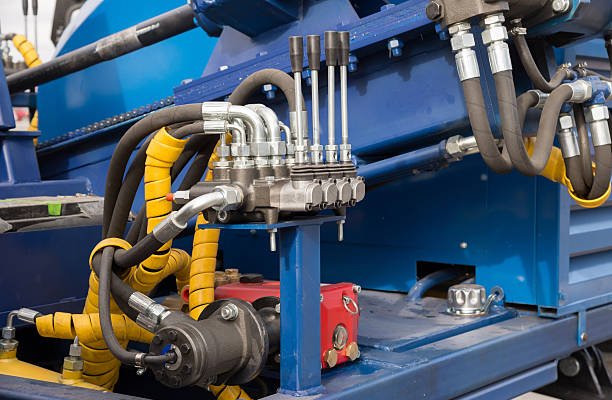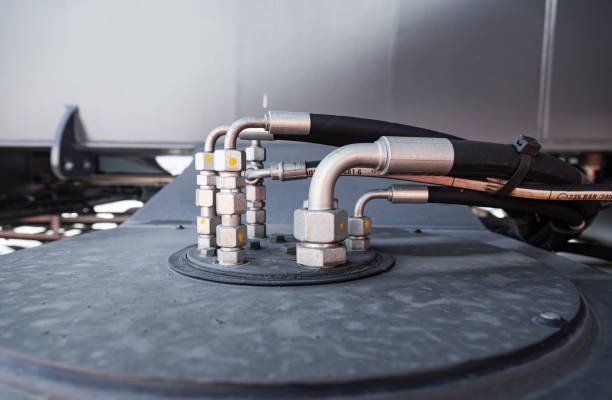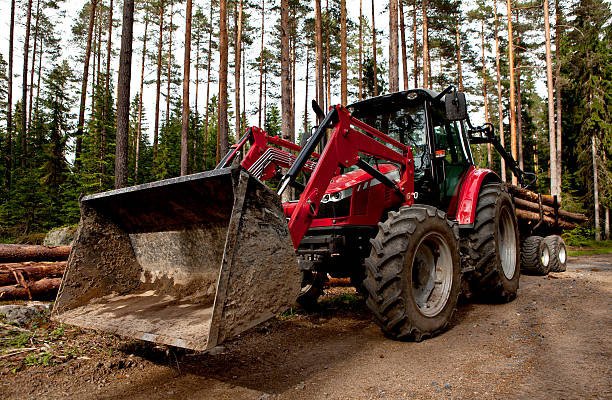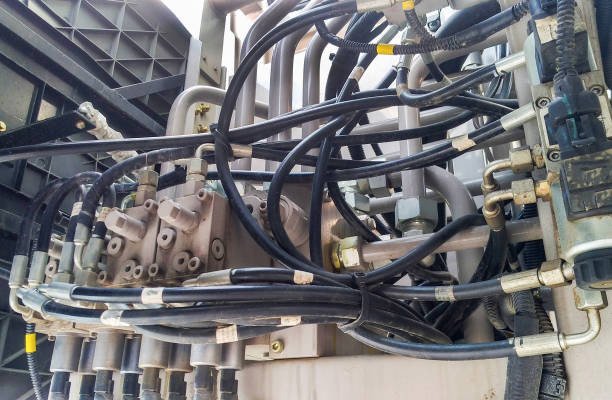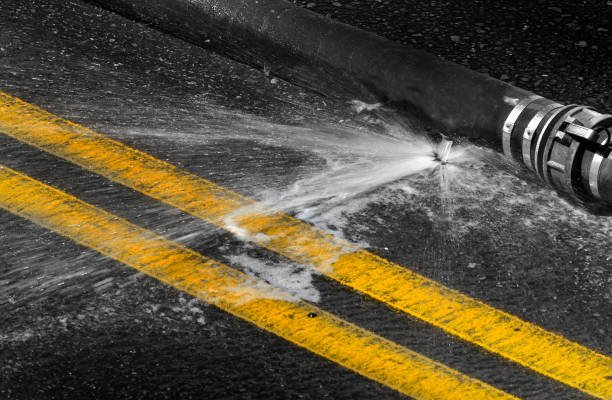When it comes to hydraulic fittings, the term “SAE” gets thrown around quite a bit. But what does it actually mean, and why is it so important in the world of hydraulics? Simply put, SAE stands for Society of Automotive Engineers. While this organization initially focused on setting standards for the automotive industry, it has since expanded its scope to include aerospace, commercial vehicles, and more – including hydraulics.
In the context of hydraulic fittings, SAE refers to specific technical standards that ensure components are compatible, durable, and safe to use in hydraulic systems. So, whether you’re working on an industrial machine, a construction vehicle, or a manufacturing process, understanding SAE standards can make all the difference.
Types of SAE Stardards Hydraulic Fittings
Before we dive into SAE’s role, let’s touch on the basics. Hydraulic fittings are essential connectors that enable the flow of fluids between different parts of a hydraulic system. These fittings come in various shapes and sizes and serve specific purposes like connecting hoses, pipes, and tubes.
Here are some types of hydraulic fittings:
- Adapters: Used to connect different types of fittings.
- O-ring face seal fittings (ORFS): Designed for leak-free operation.
- JIC fittings: Commonly used in high-pressure environments.
- Pipe fittings: Threaded connectors typically used in plumbing but also found in hydraulic systems.
The Importance of SAE Standards in Hydraulic Fittings
So why are SAE standards so significant? Well, the hydraulic system needs to function under extreme pressure, heat, and mechanical stress. The integrity and performance of hydraulic systems largely depend on the quality and compatibility of its fittings. That’s where SAE comes into play.
1. Consistency Across Systems
SAE standards provide a uniform guideline for manufacturers, ensuring that components will be compatible across different systems. Whether you’re buying fittings from one company and hoses from another, as long as they follow SAE standards, you can trust that they’ll work together seamlessly.
2. Safety and Reliability
Hydraulic systems often operate under high pressure and, sometimes, extreme temperatures. A poorly fitted or incompatible component can lead to leaks, system failures, or even dangerous situations. SAE standards aim to minimize these risks by establishing clear guidelines for fitting materials, dimensions, and performance criteria.
3. Improved Durability
SAE standards also help ensure that hydraulic fittings can stand the test of time. This is crucial, as failures in fittings can result in significant downtime and expensive repairs. Fittings designed according to SAE guidelines are made to be durable and withstand the demands of hydraulic systems.
Key SAE Standards You Should Know

Now that we’ve covered why SAE standards are essential, let’s dive into some specific standards related to hydraulic fittings. While there are numerous SAE standards, a few are particularly relevant to hydraulic systems.
1. SAE J514: Hydraulic Tube Fittings
This standard governs threaded fittings that are commonly used in hydraulic systems. It ensures that fittings can handle the high pressures and stresses associated with these systems.
SAE J514 covers several different types of fittings, including:
- JIC (Joint Industry Council) fittings: Known for their high-pressure capabilities.
- ORB (O-Ring Boss) fittings: Provide leak-proof connections.
2. SAE J1453: O-Ring Face Seal (ORFS) Fittings
Manufacturers design these fittings for high-pressure applications, especially where leaks could be catastrophic. Many modern hydraulic systems prefer O-ring face seal fittings because they provide an excellent seal without requiring additional sealants or compounds.
3. SAE J1926: Straight Thread O-Ring Ports
This standard ensures a reliable seal when you connect fittings to straight thread O-ring ports. Hydraulic systems often use these ports to provide leak-free connections, especially in high-pressure environments.
4. SAE J1231: Formed Tube Ends for Hose Connections
This standard specifies the dimensions and performance requirements for formed tube ends used in hose connections. It ensures that hoses are securely attached to fittings without the risk of leaks or disconnects under pressure.
SAE Standards vs. Other Standards
It’s also worth noting that SAE isn’t the only standard in the hydraulic industry. Other common standards include ISO (International Organization for Standardization) and DIN (Deutsches Institut für Normung). While there are differences between these standards, SAE is widely recognized, especially in North America.
SAE vs. ISO
- SAE: More common in North American markets and is often used in automotive, aerospace, and construction applications.
- ISO: Used globally and is more common in industries that serve international markets, like heavy machinery and global manufacturing.
SAE vs. DIN
- SAE: As mentioned, it’s popular in North America, especially for high-pressure systems.
- DIN: More commonly used in European markets and offers specific designs, particularly for fluid power systems.
How to Choose the Right SAE Hydraulic Fitting
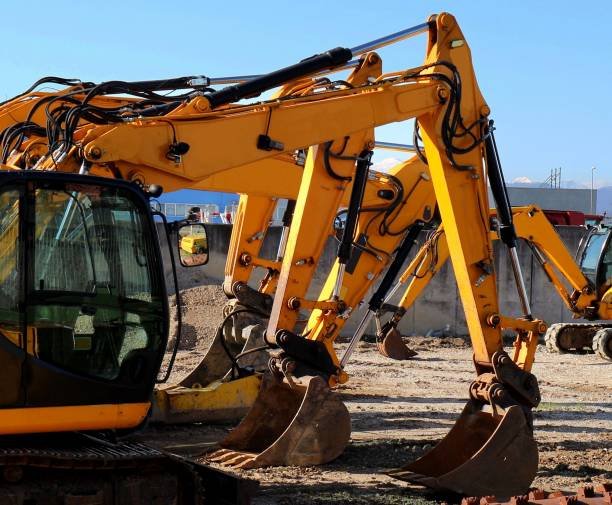
When selecting an SAE hydraulic fitting, it’s essential to keep a few key factors in mind:
- Pressure Rating: Ensure that the fitting you select can handle the pressure your system operates under.
- Material: SAE fittings come in various materials like steel, stainless steel, and brass. Choose one that’s compatible with the fluid and environmental conditions.
- Type of Connection: Consider whether you need a threaded, flared, or O-ring type connection depending on your system’s design.
- Size: Make sure the fitting size matches the tubing or hose diameter to prevent leaks and ensure proper flow.
Conclusion
In the world of hydraulics, SAE standards are the backbone of quality and compatibility. Whether you’re working on a simple hydraulic setup or a complex system, choosing components that meet SAE guidelines ensures durability, safety, and smooth operation. By understanding what SAE stands for in hydraulic fittings, you can make informed choices and ensure that your system runs without a hitch.
FAQs
1. What does SAE stand for in hydraulic systems?
SAE stands for Society of Automotive Engineers, which establishes standards for the design, performance, and compatibility of hydraulic components.
2. Are SAE fittings interchangeable with ISO fittings?
Not always. While some dimensions might overlap, the designs and specifications can vary, meaning parts from different standards may not always be compatible.
3. What materials are SAE hydraulic fittings typically made from?
Most SAE fittings are made from steel, stainless steel, or brass, depending on the application and environmental conditions.
4. Why are SAE standards important for safety?
SAE standards ensure that hydraulic fittings meet stringent requirements for pressure, temperature, and durability, which helps prevent failures and ensures safe operation.

